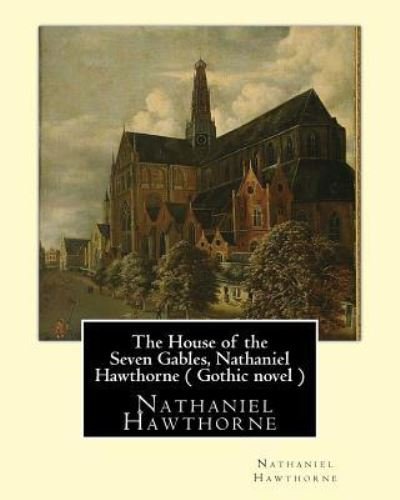
Tell your friends about this item:
The House of the Seven Gables, Nathaniel Hawthorne ( Gothic novel )
Nathaniel Hawthorne
The House of the Seven Gables, Nathaniel Hawthorne ( Gothic novel )
Nathaniel Hawthorne
The House of the Seven Gables is a Gothic novel written beginning in mid-1850 by American author Nathaniel Hawthorne and published in April 1851 by Ticknor and Fields of Boston. The novel follows a New England family and their ancestral home. In the book, Hawthorne explores themes of guilt, retribution, and atonement and colors the tale with suggestions of the supernatural and witchcraft. The setting for the book was inspired by a gabled house in Salem belonging to Hawthorne's cousin Susanna Ingersoll and by ancestors of Hawthorne who had played a part in the Salem Witch Trials of 1692. The book was well received upon publication and later had a strong influence on the work of H. P. Lovecraft. The House of the Seven Gables has been adapted several times to film and television.he novel is set in the mid-19th century, but flashbacks to the history of the house, which was built in the late 17th century, are set in other periods. The house of the title is a gloomy New England mansion, haunted since its construction by fraudulent dealings, accusations of witchcraft, and sudden death. The current resident, the dignified but desperately poor Hepzibah Pyncheon, opens a shop in a side room to support her brother Clifford, who has completed a thirty year sentence for murder. She refuses all assistance from her wealthy but unpleasant cousin, Judge Jaffrey Pyncheon. A distant relative, the lively and pretty young Phoebe, arrives and quickly becomes invaluable, charming customers and rousing Clifford from depression. A delicate romance grows between Phoebe and the mysterious attic lodger Holgrave, who is writing a history of the Pyncheon family. The house was built on ground wrongfully seized from its rightful owner, Matthew Maule, by Colonel Pyncheon, the founder of the Massachusetts branch of the family. Maule was accused of practicing witchcraft and was executed. According to legend, at his death Maule laid a curse upon the Pyncheon family. During the housewarming festivities, Colonel Pyncheon was found dead in his armchair; whether he actually died from the curse or from a congenital disease is unclear. His portrait remains in the house as a symbol of its dark past and the weight of the curse upon the spirit of its inhabitants. Phoebe arranges to visit her country home, but plans to return soon. Clifford, depressed by his isolation from humanity and his lost youth spent in prison, stands at a large arched window above the stairs and has a sudden urge to jump. The departure of Phoebe, the focus of his attention, leaves him bed-ridden.an insanity hearing unless he reveals details about the land or the location of the missing deed. Clifford is unable to comply. Before Clifford can be brought before the Judge (which would destroy Clifford's fragile psyche), the Judge mysteriously dies while sitting in Colonel Pyncheon's chair. Hepzibah and Clifford flee by train. The next day, Phoebe returns and finds that Holgrave has discovered the Judge's body. The townsfolk begin to gossip about Hepzibah and Clifford's sudden disappearance. Phoebe is relieved when Hepzibah and Clifford return, having recovered their wits. New evidence in the crime that sent Clifford to prison proves his innocence. He was framed for the death of his uncle by Jaffrey, who was even then looking for the missing deed. Holgrave is revealed as Maule's descendant, but he bears no ill will toward the Pyncheons. The missing deed is discovered behind the old Colonel's portrait, but the paper is worthless: the land is already settled by others. The characters abandon the old house and start a new life in the countryside, free from the burdens of the past.
| Media | Books Paperback Book (Book with soft cover and glued back) |
| Released | June 2, 2016 |
| ISBN13 | 9781533588012 |
| Publishers | Createspace Independent Publishing Platf |
| Pages | 162 |
| Dimensions | 203 × 254 × 9 mm · 335 g |
| Language | English |
More by Nathaniel Hawthorne
Others have also bought
See all of Nathaniel Hawthorne ( e.g. Paperback Book , Hardcover Book , Book , CD and Sewn Spine Book )






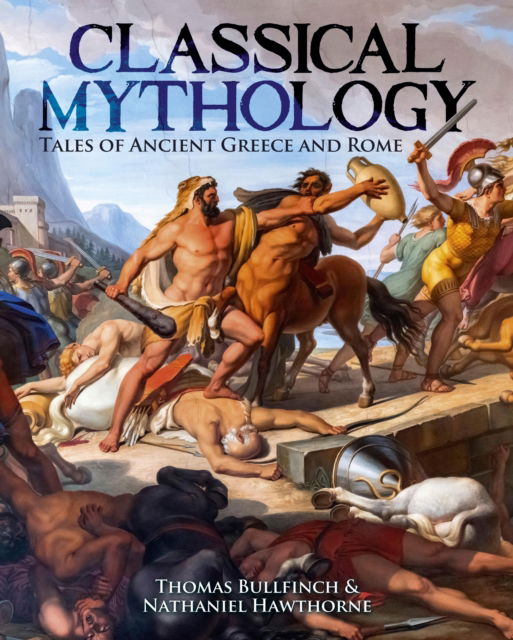





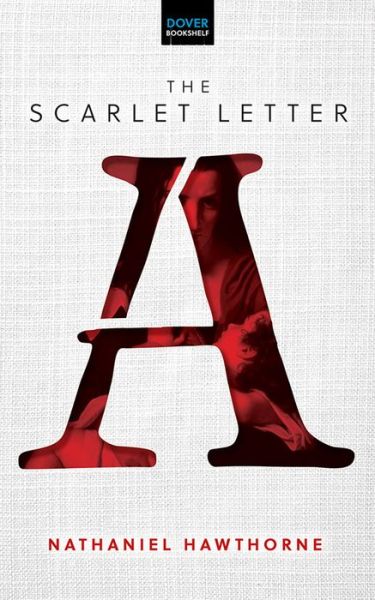



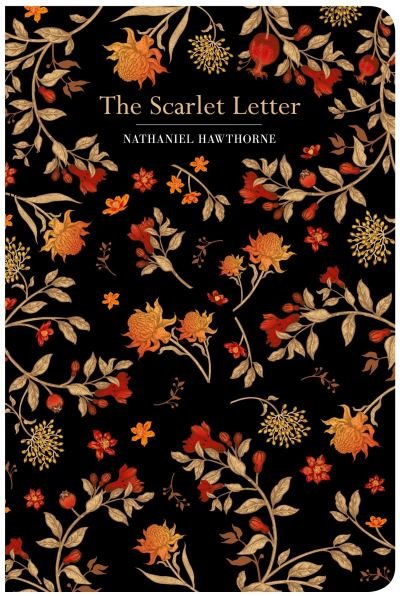

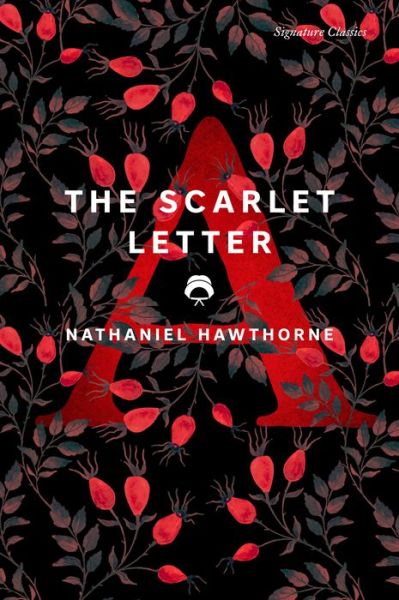









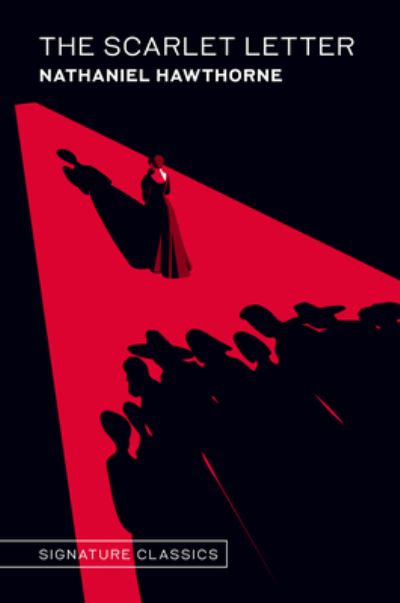
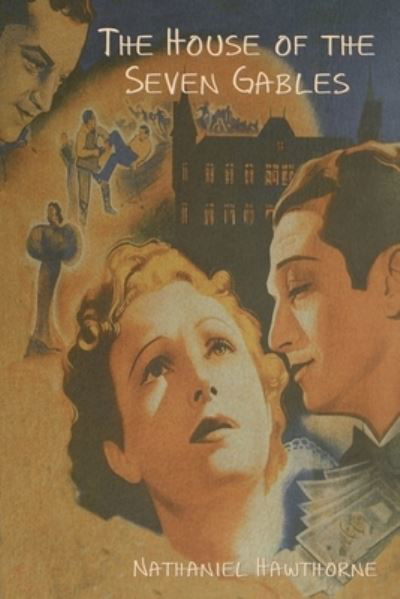
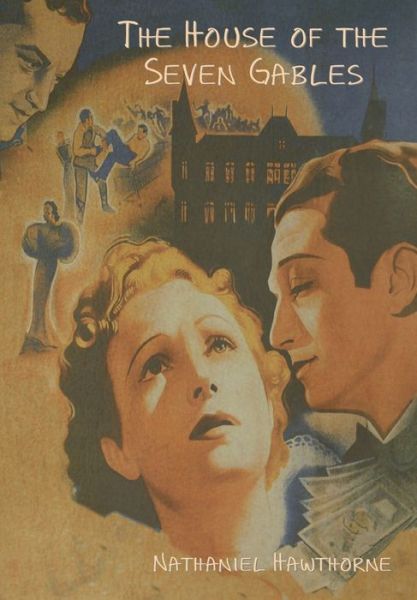



![Cover for Publius Vergilius Maro · Multivers Klassiker: Vergils hyrdedigte (Bound Book) [1st edition] [Indbundet] (2013)](https://imusic.b-cdn.net/images/item/original/620/9788779173620.jpg?publius-vergilius-maro-2013-multivers-klassiker-vergils-hyrdedigte-bound-book&class=scaled&v=1383433206)
![Cover for Jane Austen · Stolthed og fordom (Bound Book) [5th edition] (2015)](https://imusic.b-cdn.net/images/item/original/608/9788711449608.jpg?jane-austen-2015-stolthed-og-fordom-bound-book&class=scaled&v=1435069150)
![Cover for Michel Houellebecq · Lanzarote (Sewn Spine Book) [1st edition] (2021)](https://imusic.b-cdn.net/images/item/original/136/9788794024136.jpg?michel-houellebecq-2021-lanzarote-sewn-spine-book&class=scaled&v=1634190407)
![Cover for Jane Austen · Fornuft og følelse (Bound Book) [1st edition] (2016)](https://imusic.b-cdn.net/images/item/original/748/9788711448748.jpg?jane-austen-2016-fornuft-og-foelelse-bound-book&class=scaled&v=1456431654)
![Cover for Jane Austen · Overtalelse (Bound Book) [1st edition] (2017)](https://imusic.b-cdn.net/images/item/original/756/9788711553756.jpg?jane-austen-2017-overtalelse-bound-book&class=scaled&v=1499542956)
![Cover for Jane Austen · Northanger Abbey (Bound Book) [1st edition] (2018)](https://imusic.b-cdn.net/images/item/original/718/9788711537718.jpg?jane-austen-2018-northanger-abbey-bound-book&class=scaled&v=1528061374)
![Cover for Evelyn Waugh · Gensyn med Brideshead (Sewn Spine Book) [1st edition] (2021)](https://imusic.b-cdn.net/images/item/original/776/9788771836776.jpg?evelyn-waugh-2021-gensyn-med-brideshead-sewn-spine-book&class=scaled&v=1616426121)
![Cover for Selskabet til Historiske Kildeskrifters Oversættel: Æsopromanen (Sewn Spine Book) [1st edition] (2003)](https://imusic.b-cdn.net/images/item/original/561/9788772897561.jpg?2003-selskabet-til-historiske-kildeskrifters-oversaettel-aesopromanen-sewn-spine-book&class=scaled&v=1325372409)
![Cover for Helge Kjær Nielsen · Dansk kommentar til Det nye testamente (DKNT).: Kommentar til Johannesevangeliet (Bound Book) [1st edition] [Indbundet] (2007)](https://imusic.b-cdn.net/images/item/original/982/9788779341982.jpg?helge-kjaer-nielsen-2007-dansk-kommentar-til-det-nye-testamente-dknt-kommentar-til-johannesevangeliet-bound-book&class=scaled&v=1332457219)
![Cover for Michel Houellebecq · At holde sig i live og andre tekster (Sewn Spine Book) [1st edition] (2020)](https://imusic.b-cdn.net/images/item/original/006/9788794024006.jpg?michel-houellebecq-2020-at-holde-sig-i-live-og-andre-tekster-sewn-spine-book&class=scaled&v=1599147003)
![Cover for Pauline Réage · O's historie og O vender tilbage. (Bound Book) [1st edition] [Indbundet] (2013)](https://imusic.b-cdn.net/images/item/original/721/9788763817721.jpg?pauline-reage-2013-o-s-historie-og-o-vender-tilbage-bound-book&class=scaled&v=1399548311)
![Cover for Michel Foucault · Klassikere: Sindssygdom og psykologi (Sewn Spine Book) [3rd edition] (2019)](https://imusic.b-cdn.net/images/item/original/780/9788741278780.jpg?michel-foucault-2019-klassikere-sindssygdom-og-psykologi-sewn-spine-book&class=scaled&v=1574414511)
![Cover for Henning Vinther Rasmussen · SOSU CARE: Naturfag 2 (Sewn Spine Book) [2nd edition] (2016)](https://imusic.b-cdn.net/images/item/original/510/9788712051510.jpg?henning-vinther-rasmussen-2016-sosu-care-naturfag-2-sewn-spine-book&class=scaled&v=1461230029)
![Cover for Jane Austen · Mansfield Park (Bound Book) [1st edition] (2019)](https://imusic.b-cdn.net/images/item/original/787/9788711553787.jpg?jane-austen-2019-mansfield-park-bound-book&class=scaled&v=1550062357)
![Cover for Cicero · Gyldendals Filosofibibliotek: Forpligtelser (Sewn Spine Book) [1st edition] (2022)](https://imusic.b-cdn.net/images/item/original/025/9788702361025.jpg?cicero-2022-gyldendals-filosofibibliotek-forpligtelser-sewn-spine-book&class=scaled&v=1662569739)
![Cover for Lucius Annaeus Seneca · Om livets korthed. Om vrede. Om mildhed. Om sindsro (Bound Book) [1st edition] (2021)](https://imusic.b-cdn.net/images/item/original/691/9788702328691.jpg?lucius-annaeus-seneca-2021-om-livets-korthed-om-vrede-om-mildhed-om-sindsro-bound-book&class=scaled&v=1620464585)

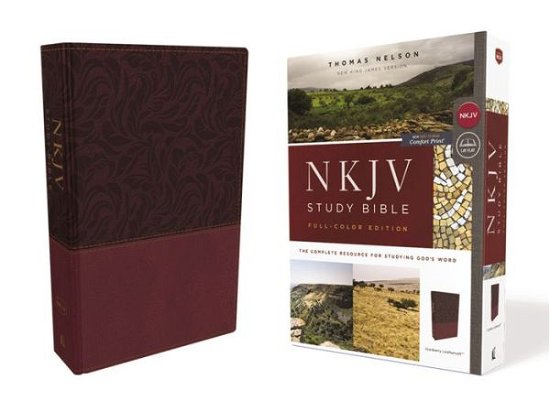
![Cover for Michel Houellebecq · Interventioner (Sewn Spine Book) [1st edition] (2021)](https://imusic.b-cdn.net/images/item/original/150/9788794024150.jpg?michel-houellebecq-2021-interventioner-sewn-spine-book&class=scaled&v=1635096931)